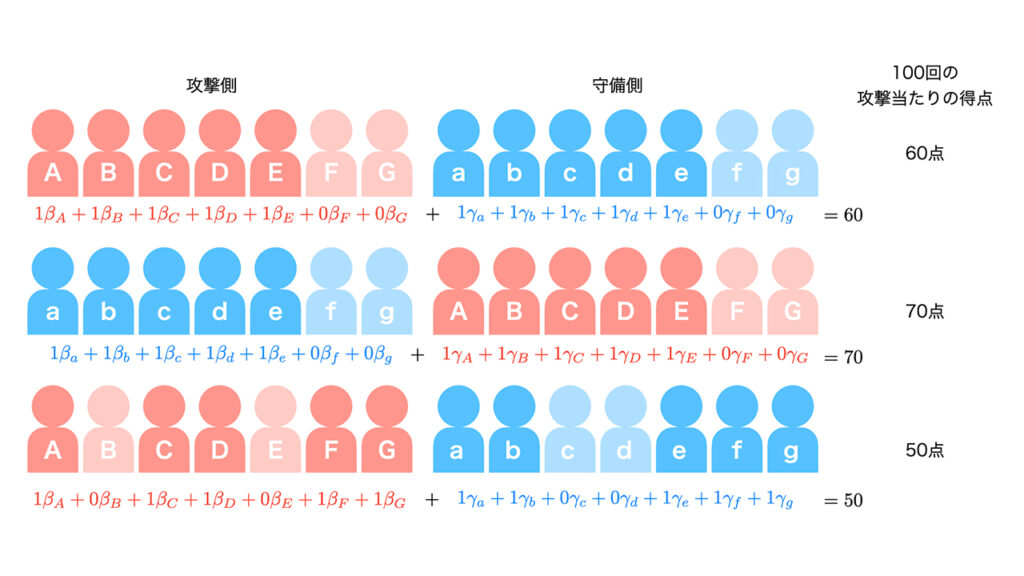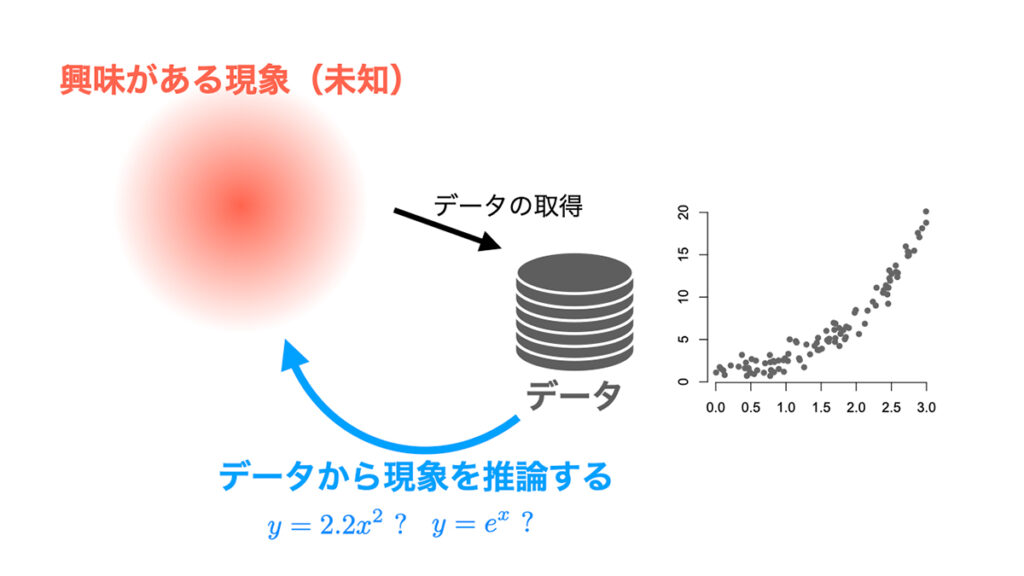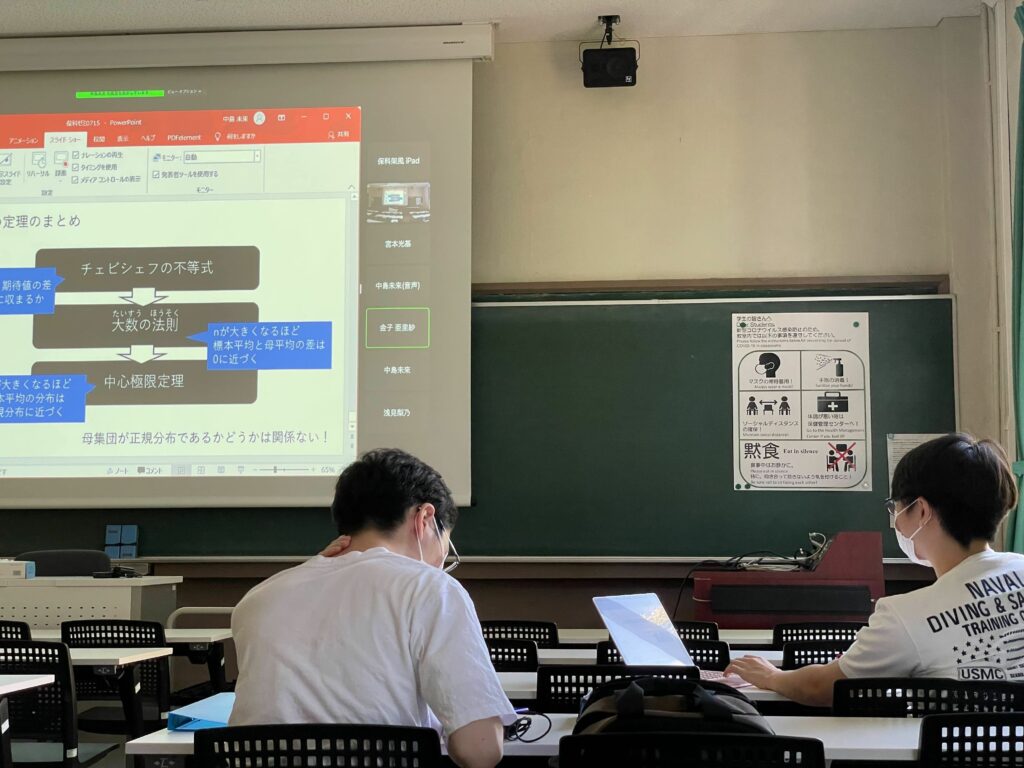Recently, we used the newly developed method to evaluate the performance of basketball players. Basketball is a 5-on-5 game, and in professional leagues, each team has about 10 players who constantly switch players during the game. For example, five specific players from team A face off against five specific players from team B on the court, attack 10 times, and score 6 points. Normally, basketball is evaluated based on how many points are scored per 100 attacks, so the score is 60 points. Therefore, we expressed the cause and effect in a mathematical formula, such as the combination of these five players = average 60 points. In this way, we used points scored and conceded as variables and applied data from a full season, such as player combinations and whether the game was played at home or away, to measure each player's contribution to offense and defense.
When five players from a team of seven players, A, B, C, D, E, F, G, and five players from a team of seven players, a, b, c, d, e, f, g, are on the court,
A formula (mathematical model) expressing the points per 100 attacks

As shown in the figure above, by expressing the phenomenon in a mathematical model, it is possible to estimate the coefficients of the model.
It will be possible to clarify how this can be used to evaluate the offensive and defensive abilities of each player.
The data will enable this assessment.
The key point of statistical modeling is how well one can grasp the overall trend of a phenomenon from the limited data available. This study assessed the average performance of players by grasping the overall trend of the relationship between the players currently on the court and the points scored and conceded. It is possible that luck or bad luck and the physical condition of players have a greater impact on the points scored and conceded in a game than the factors listed here. However, being able to obtain more objective information from the data currently at hand will be useful for team management when deciding on players' annual salaries or scouting players from other teams.
In addition to theoretical research, I am also involved in joint projects that solve business problems through data analysis. As one example, I worked on accurately estimating from data how much fuel remains in a huge tank located underground at a gas station. Normally, the remaining amount in an underground tank is evaluated based on the height of the liquid level from the bottom, but because the tank is huge, even a slight tilt or dent can cause the evaluation value to be inaccurate. Therefore, I used a statistical modeling method to measure the amount of fuel in the tank based on how the evaluation value changed when fuel was used or replenished from the tank in the past. In this research, it was unclear how much fuel was actually remaining in the underground tank, so it was unclear for a long time whether the method I devised could solve the problem. However, I was able to have a collaborative research company conduct a verification experiment, and it was found that my method had a certain degree of accuracy. I also received words of gratitude from the person in charge, and it was a sense of accomplishment that was different from my previous theoretical research.
In joint projects with companies, I often face problems that are beyond my field of expertise, but if I suddenly change the angle at which I look at the problem, I sometimes find that it can be solved by using statistical modeling techniques. I am currently involved in analyzing data held by companies, and in a rare instance, I am developing a method for company employees to solve problems using data analysis. As I teach the methods I have developed to the general public, I continue to search for approaches that are easier to understand. I find great satisfaction in the process of making people in front of me happy by utilizing the knowledge I have cultivated through research.





